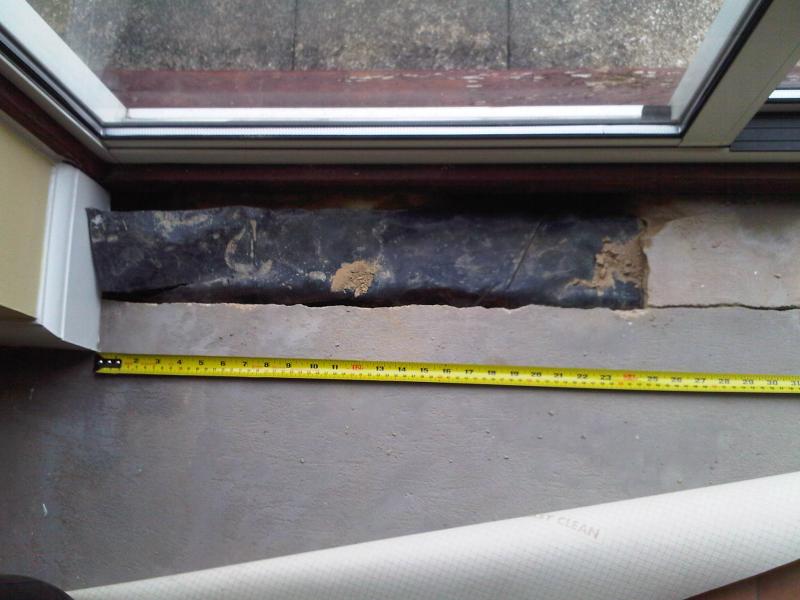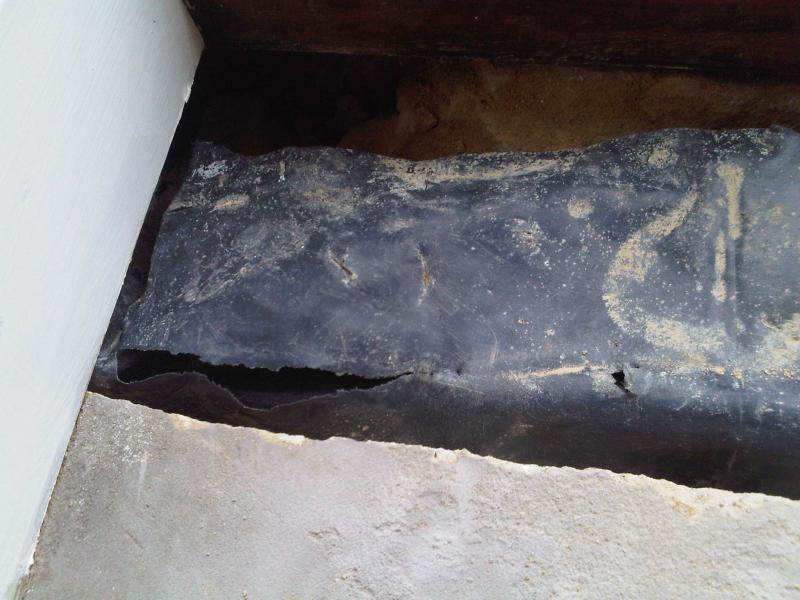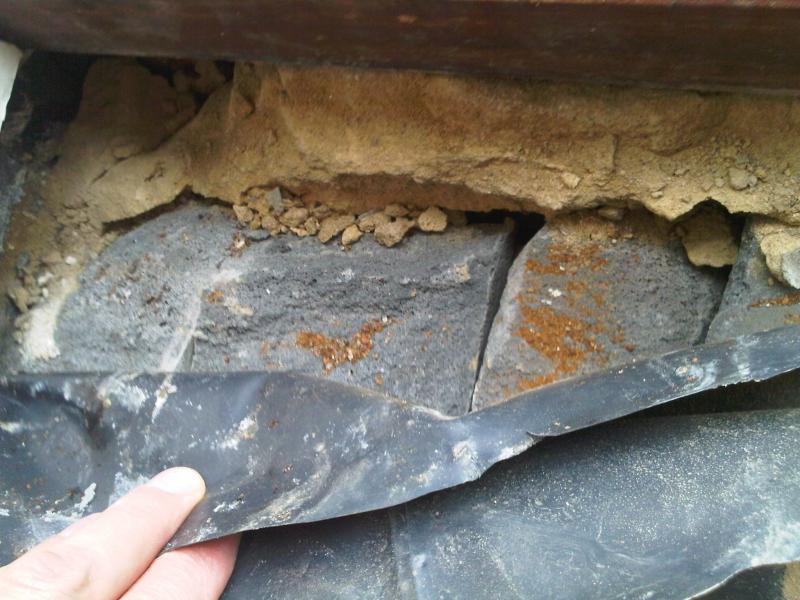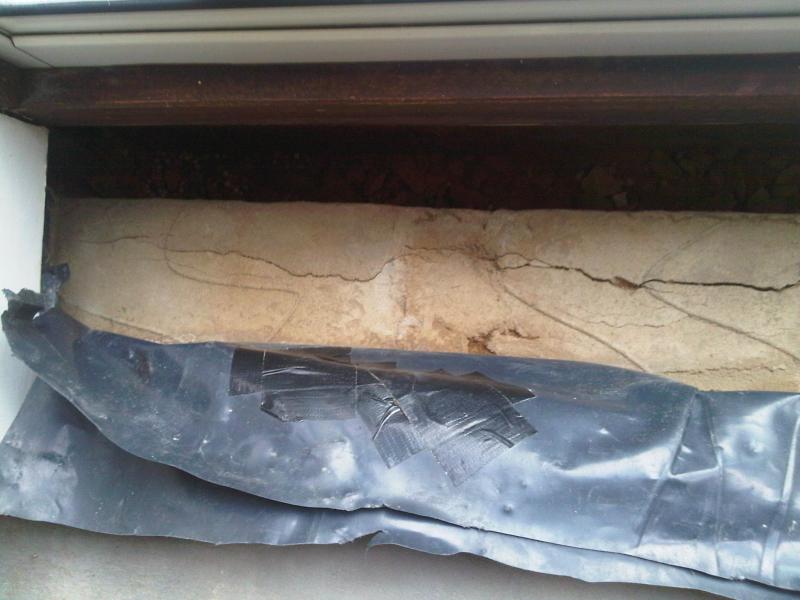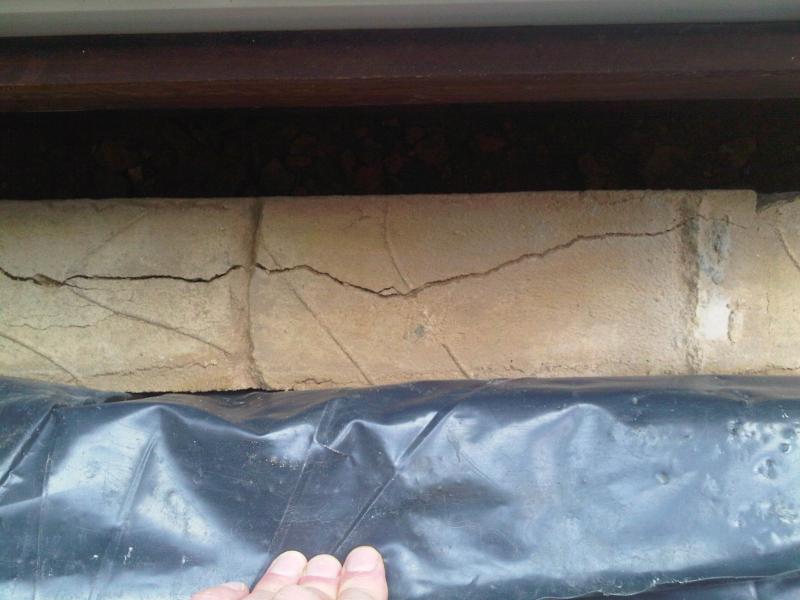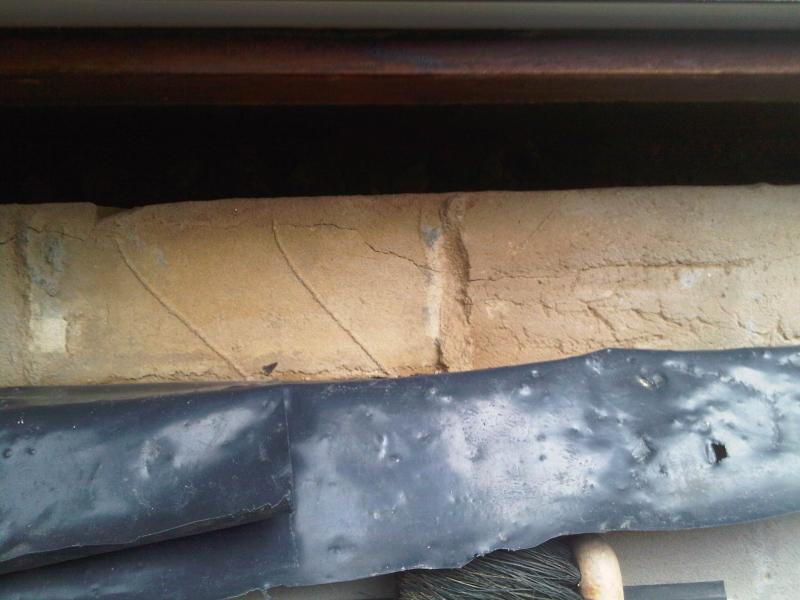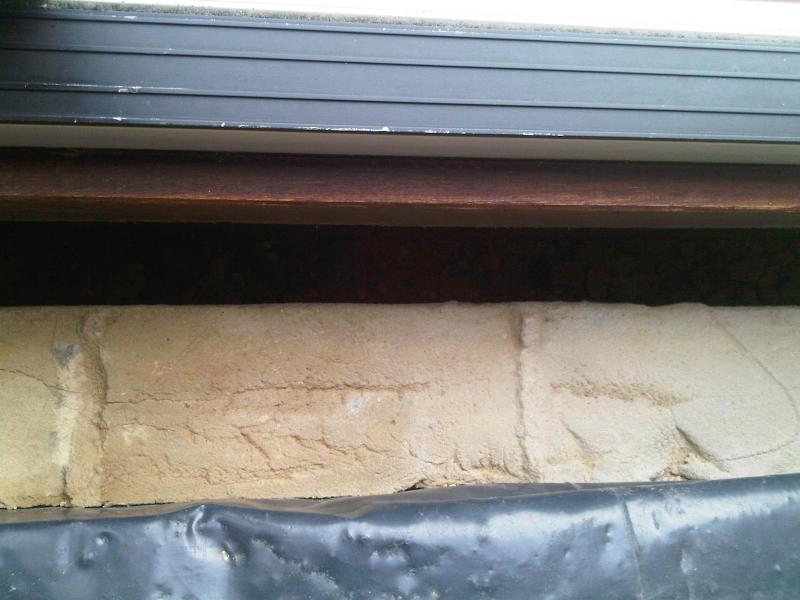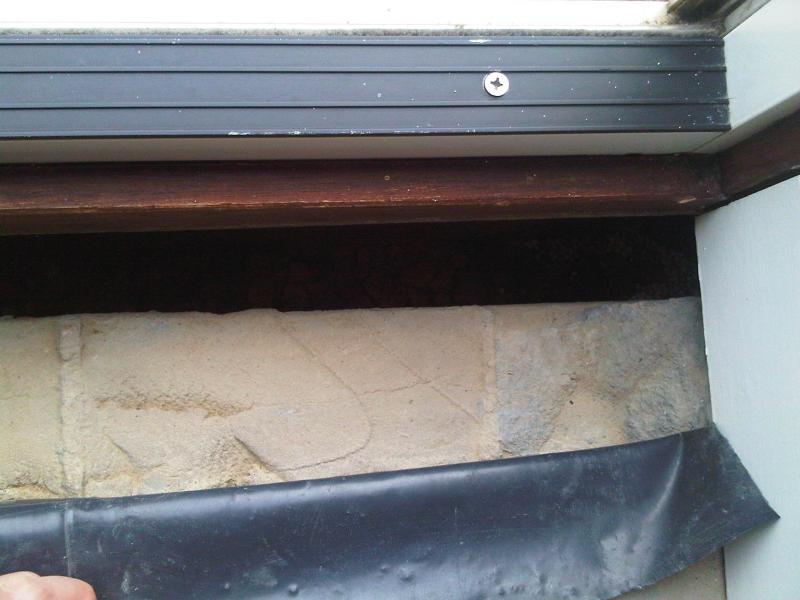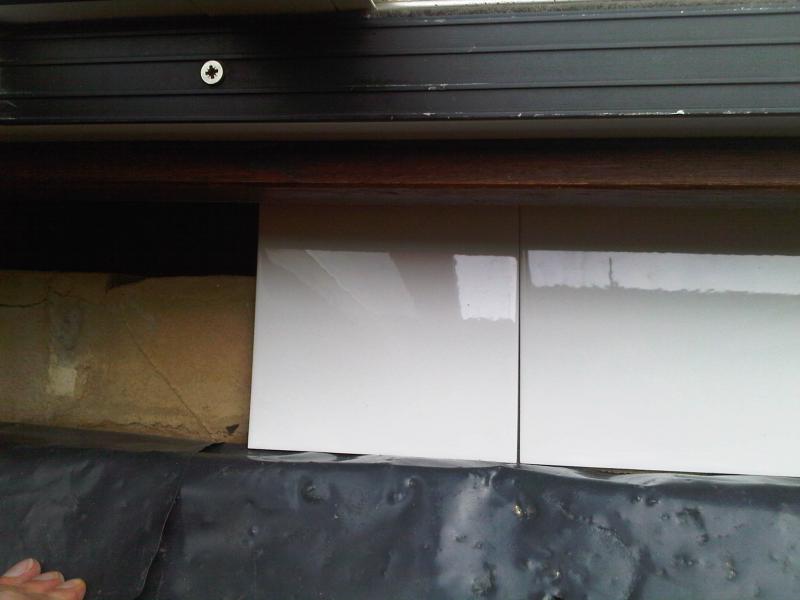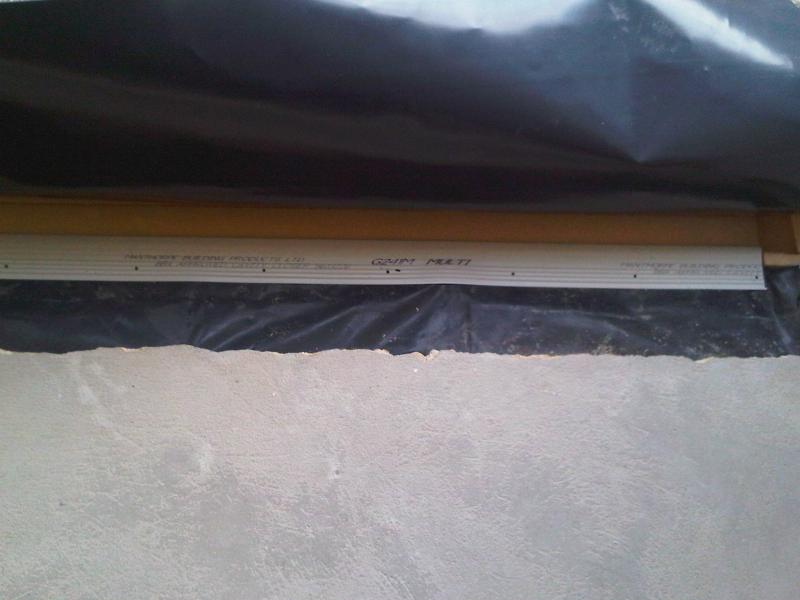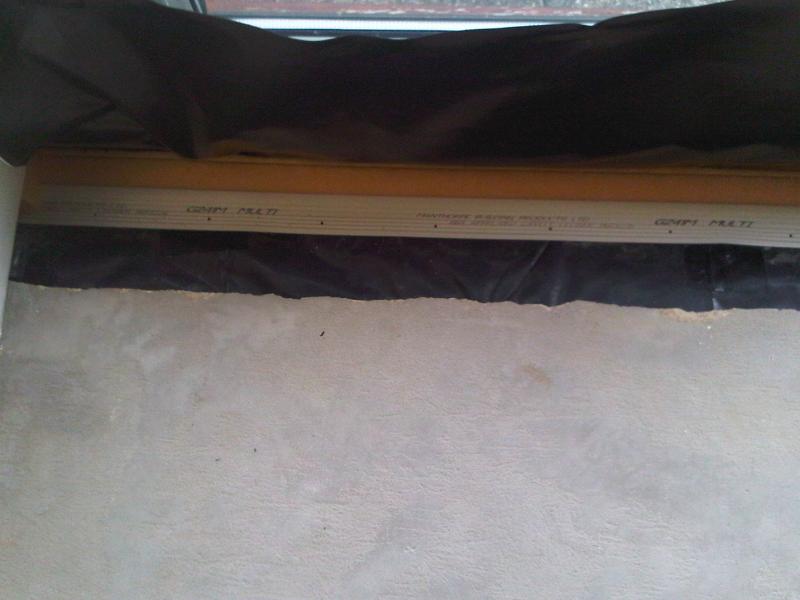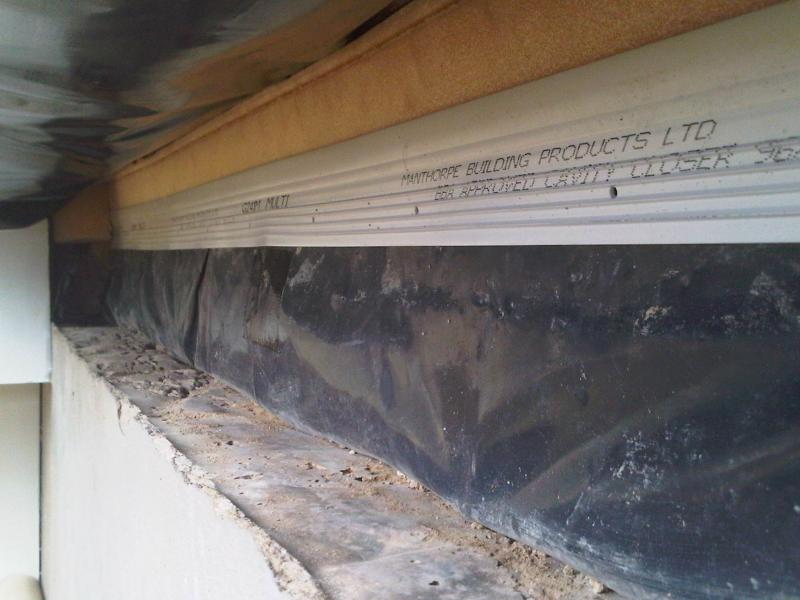Hi
I did make a post yesterday about filling cracks in concrete but I have moved on from that... while chasing out the cracks I noticed a hollow sound and movement of the concrete in some areas.
Since then I have dug up the channel of concrete between the main kitchen floor and the patio / brick damp course.
I noticed the DPM doesn’t do all the way to the damp course and has a small split.
I’m guessing some damp has got in and has attributed to the weakening of the concrete over the years (house is 13 years old), although it doesn't feel damp right now. There was a slight mouldy smell to the concrete when I removed it. The right side of the floor where the patio door opens feels sturdier and there are no cracks.
Under the DPM are small pieces of breeze block that have been laid as some kind of foundation as shown below, is that good practice?
Can anyone advise if I need to get the DPM going to the damp course under the patio door? And what material should I have under the DPM before relaying fresh concrete?
Cheers
I did make a post yesterday about filling cracks in concrete but I have moved on from that... while chasing out the cracks I noticed a hollow sound and movement of the concrete in some areas.
Since then I have dug up the channel of concrete between the main kitchen floor and the patio / brick damp course.
I noticed the DPM doesn’t do all the way to the damp course and has a small split.
I’m guessing some damp has got in and has attributed to the weakening of the concrete over the years (house is 13 years old), although it doesn't feel damp right now. There was a slight mouldy smell to the concrete when I removed it. The right side of the floor where the patio door opens feels sturdier and there are no cracks.
Under the DPM are small pieces of breeze block that have been laid as some kind of foundation as shown below, is that good practice?
Can anyone advise if I need to get the DPM going to the damp course under the patio door? And what material should I have under the DPM before relaying fresh concrete?
Cheers


